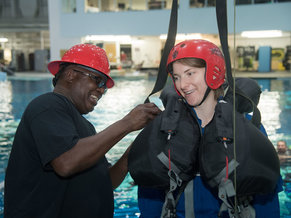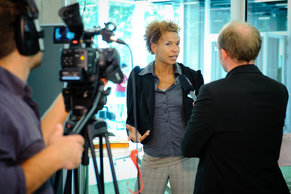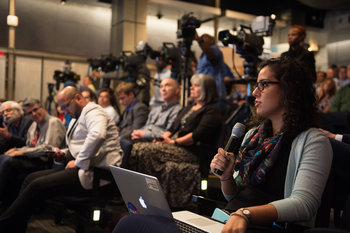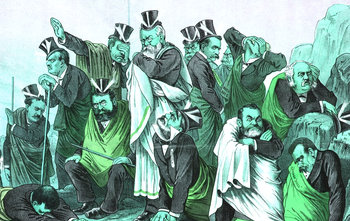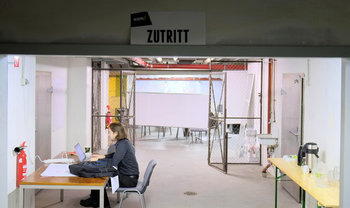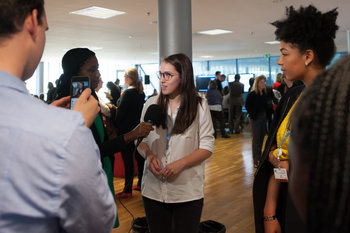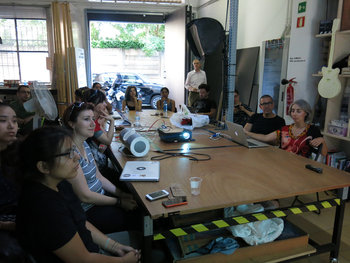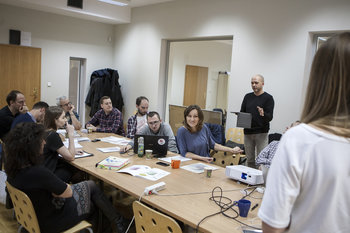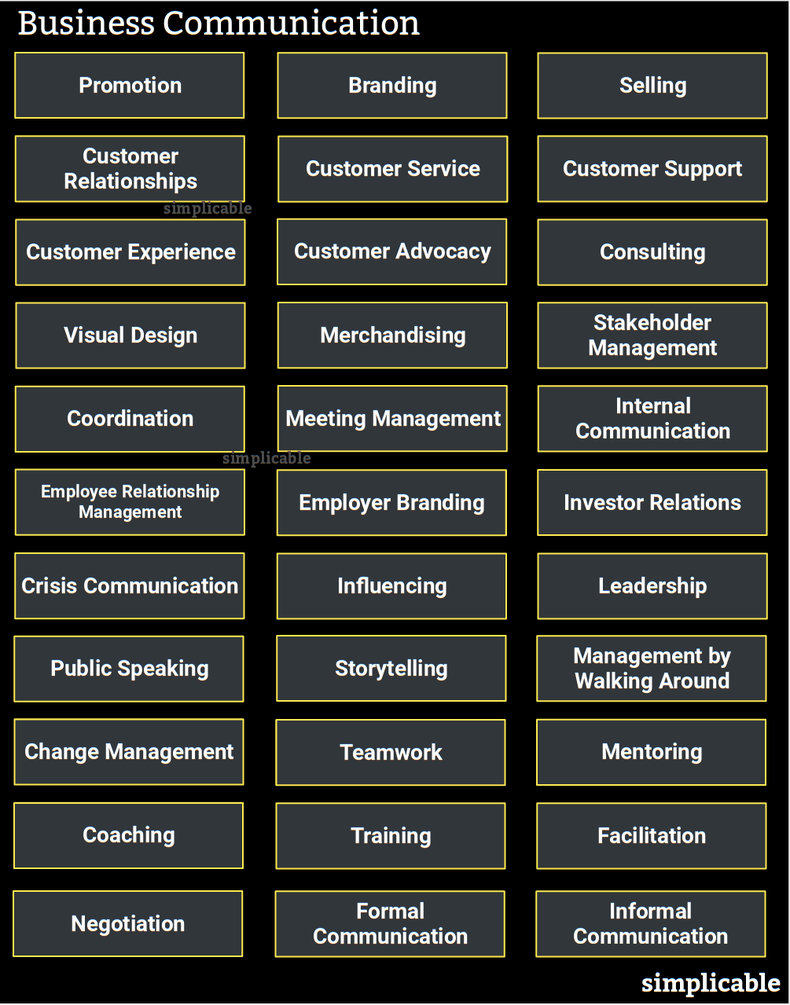
Promotion
Generating demand for products and services by communicating them with techniques such as advertising.Branding
Establishing a recognizable identity for products and services in a crowded market. For example, developing a distinctive logo and trade dress and working to make them recognizable to your target market.Selling
The process of engaging customers and closing sales.Customer Relationships
Managing relationships with customers such as a car salesperson who manages any problems or questions that a customer has with their purchase in hopes of selling to them again in three years when their lease ends.Customer Service
Providing services such as the friendliness of staff who organize a line at a theme park.Customer Support
Communications and support that help the customer to use your products and services. For example, a manual for a vehicle that explains how to change a cabin air filter.Customer Experience
Elements of the customer experience such as an app that communicates wait times at a theme park.Customer Advocacy
Customer advocacy is the process of engaging customers and using their feedback to drive change to an organization.Consulting
A service that provides advice and work products to customers for a fee.Visual Design
Visual design communicates information, identity and emotion. For example, a product package that communicates that a honey product is organic and healthy.Merchandising
Merchandising is the design of environments that sell products and services. For example, a display window at a flagship shop.Stakeholder Management
The process of communicating to internal and external stakeholders.Coordination
The process of coordinating efforts across multiple individuals, teams and organizations.Meeting Management
Meeting management is the process of coordinating and conducting conversations.Internal Communication
Internal communication is the process of communicating to an entire organization, department or team. For example, a company event that communicates annual strategy.Employee Relationship Management
Managing communication and relationships with employees. For example, onboarding new employees to give them everything they need from day one.Employer Branding
Promoting a firm as a good place to work in order to recruit talent.Investor Relations
Managing information flow to investors and the financial media to provide transparency to stakeholders regarding financials, strategy and risk.Crisis Communication
Crisis communication is the process of communicating a serious issue such as the status of a telecom network after a disaster such as an earthquake or storm.Influencing
Influencing is the process of changing the opinions and actions of others with communication.Leadership
Leadership is the process of getting people moving in the same direction by influencing them. This can be done without formal authority and occurs at every level of an organization.Public Speaking
The process of communicating to large groups. A valuable leadership skill.Storytelling
The ability to make communication interesting by wrapping things in stories. For example, a small company that tells an interesting story about the failures the firm overcame in its early days as part of its branding, investor relations and employee relations efforts.Management by Walking Around
Management by walking around is the practice of getting to know employees at every level of an organization to avoid becoming out-of-touch with operational realities. For example, a CEO who holds skip-level lunches with people from every level and every department of a firm on an ongoing basis.Change Management
The practice of leading a change that can be expected to face issues and resistance. For example, an executive who relentlessly drives forward a major systems project that is unpopular with business units.Teamwork
The basic process of working together as a team.Mentoring
A process whereby an experienced and knowledgeable individual helps another to improve their talents.Coaching
The practice of providing direction and knowledge of performance.Training
Teaching people to develop their knowledge and abilities.Facilitation
Facilitation is the practice of having a neutral representative work to make a conversation more productive.Negotiation
Negotiation is the art of reaching agreements that have favorable terms for your side.Formal Communication
Formal communications that require accuracy, due diligence and professionalism such as an earnings call that reports financial results to investors.Informal Communication
Informal communication such as a manager who provides regular feedback that set expectations for performance in a team.| Overview: Business Communication | ||
Type | ||
Definition (1) | The exchange of information to achieve business objectives. | |
Definition (2) | The exchange of information and emotion to achieve business objectives. | |
Related Concepts | ||








